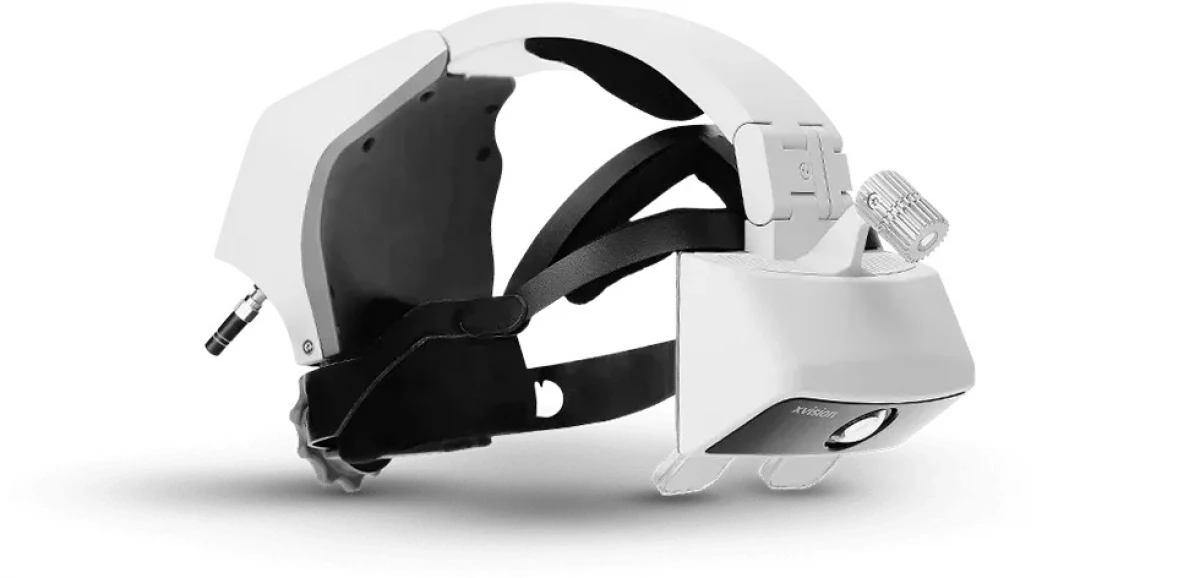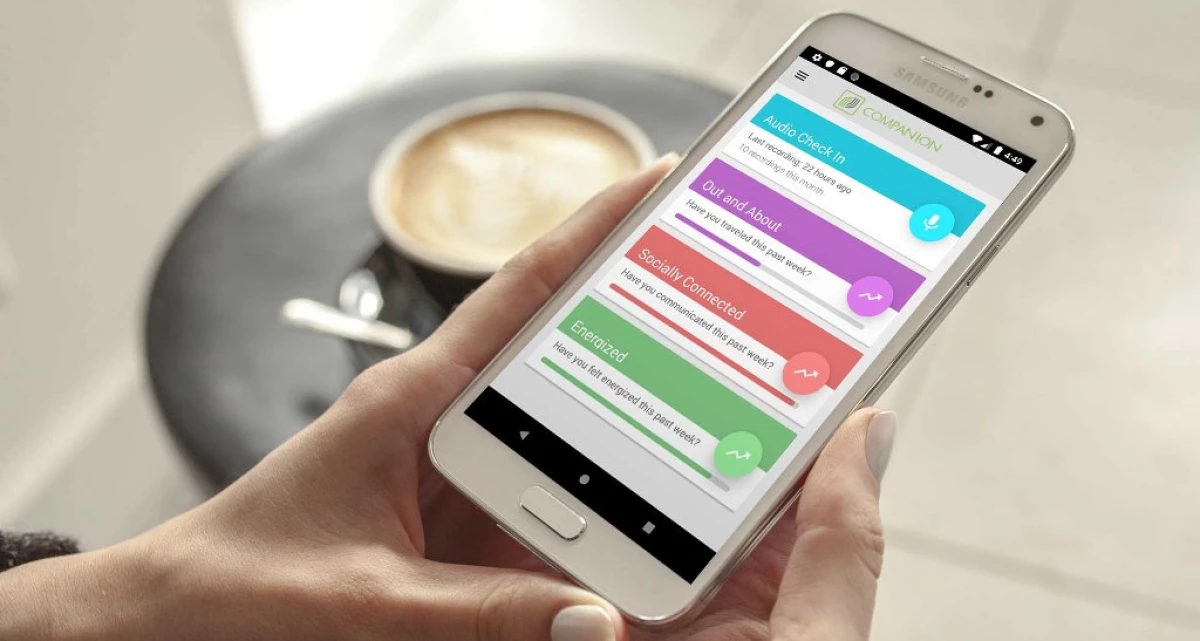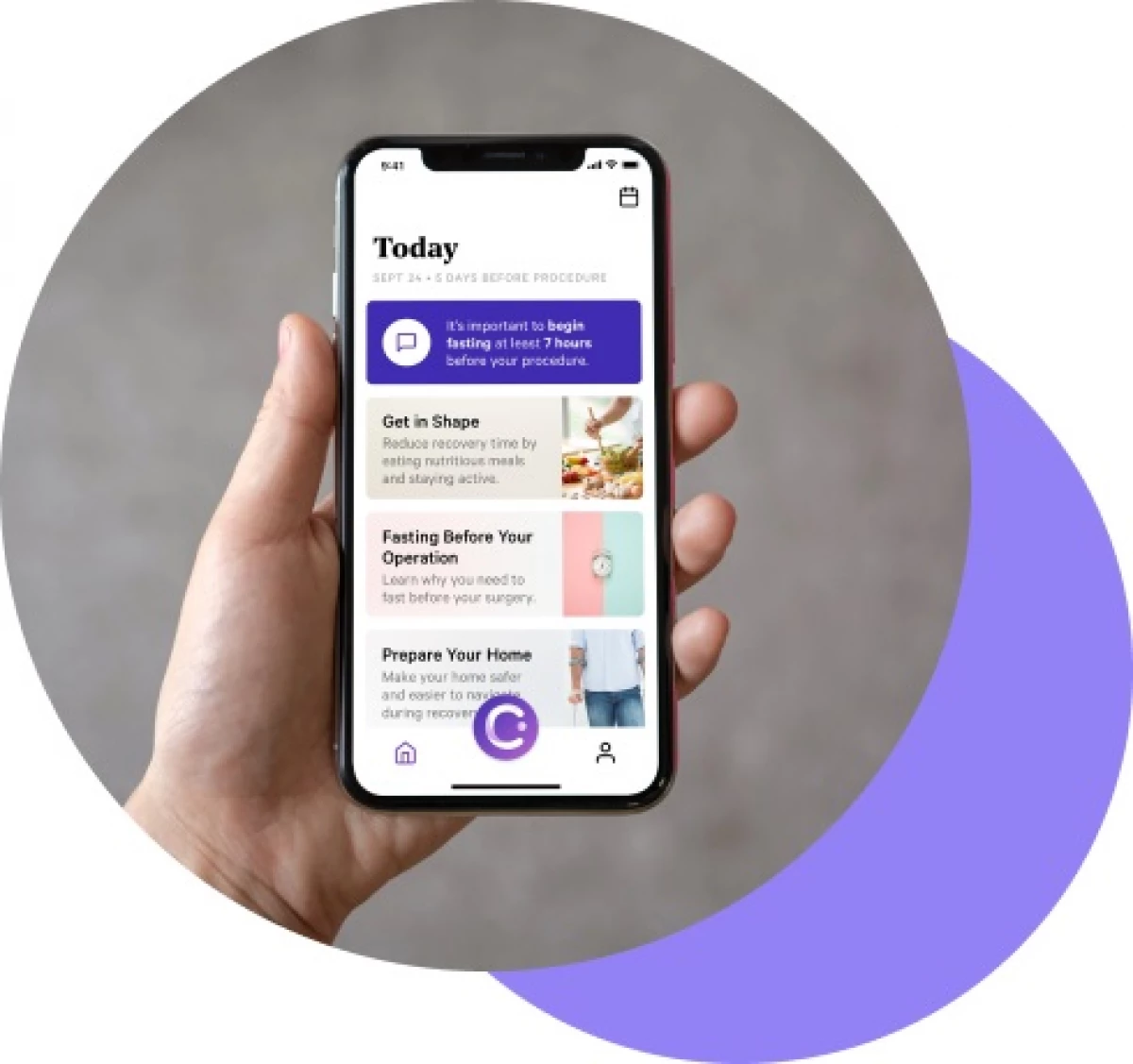The pandemic caused the work failure of the health system all over the world, which simultaneously accelerated the introduction of changes to ensure better treatment, earlier and accurate diagnostics and improvement of the management of materials supply chain. But the rate of change is still slow and uneven. Many outdated systems remain all over the world.
The increase in the population of the world also means that it becomes more and more difficult to meet the needs of each person in medical care, which will lead to an increase in demand for health services and telemedicines on demand. The life expectancy increases with the simultaneous increase in demand from the geriatric demographic group, which increases the financial burden on the health care system, along with the lack of personnel, an increase in the cost of labor and an increase in the share of people with chronic diseases. In some countries, such as Russia, all this is superimposed on the consequences of the incorrect health policy, which multiplies the problems.
Digital technologies, large data and achievements of behavioral science today give us new tools to better meet the health needs and improve the overall ecosystem of this industry.
In recent years, we have witnessed incredible technological innovations that are able to actually convert and form the future of the health sector. Here are five of the most interesting modern innovations in the field of digital health.
1. Surgical systems using advanced reality technologies

The use of virtual and advanced reality technologies for learning purposes is growing over the past decade and is becoming increasingly familiar in many sectors of the economy, including health care.
Amsterdam Skills Center (Netherlands) One of the first to develop solutions to radically reduce the time required for training surgeons, applying virtual and augmented reality, as well as other advanced technologies.
The American company AugMedics has taken another step forward with its XVision solution - a supplemented reality system to help in accurate spine surgery in real time.
About 31% of such operations are performed at impaired, with an inaccurate position of the screws, which then leads to neurological complications and the need for repeated operations to correct them. XVISION technology helps solve this problem, reducing the space for an error, thereby minimizing further complications. The system includes a header with a transparent display located in front of the eyes and all the elements of the traditional navigation system. It accurately determines the position of surgical instruments in real time, after which the virtual image of their trajectory of movement is superimposed on the patient's computer tomography of the patient.
Then, with the help of a headset, three-dimensional navigation data is projected on the retina of the surgeon's eye, allowing it to look at the patient at the same time and see navigation data without distracting the eye to the remote screen during the procedure.
The system is designed to revolutionize the process of carrying out the operation, providing a surgeon with the best control and visualization, which can lead to easier, rapid and safe operations.
2. Biological Biological Communication API

According to the annual report of Deloitte on the prospects for global health care, the factors associated with lifestyle, including smoking, poor nutrition, hypertension, obesity and lack of physical activity, have a direct impact on the 10 main causes of death around the world. In fact, 80% of the impact on the health of people is due to their habitat, lifestyle and socio-economic status.
Medical wearable devices become a key tool in the fight against the diseases associated with lifestyle, as they can track the impact of specific types of activity, such as sleep quality, the number of daily steps, the distance and burned calories.
Although most often such parameters are controlled using traditional wearable devices that you need to purchase the user, the Netherlands company Happitech offered another method based on a program that can control the pulse and detect any rhythmic anomalies through the user's smartphone, providing real-time feedback without the need for additional devices.
This application can even be used to identify flickering arrhythmia, which strikes 1 out of 11 people over the age of 65. Early detection means a decrease in high risk of stroke or heart attack. More recently, this technology was also used in an application for remote monitoring of the heart to help patients who were forced to stay away from hospitals during the current crisis. Note that the application is currently scaled throughout the Netherlands.
3. Artificial intelligence for early diagnosis

Like cardiac diseases, in recent years, the indicators of the number of mental disorders that lead to the most severe consequences are increasingly growing.
It is alarming a high percentage of people suffering from such diseases that do not receive treatment - about 75-85% in low or middle-income countries and about 35-50% in high-income countries. Mental health care costs around the world are already about a trillion dollars, and WHO predicts that "depression will become the main cause of morbidity around the world by 2030."
One of the companies solving this problem by providing early and accurate diagnostics is COMPANIONMX.
Companionmx uses a digital phenotyping method for passive tracking of the user's behavior using an application for a smartphone, which monitors the social interactions of a person, its physical movements and a tone of its voice when using voice commands to ensure early diagnosis of depression and prevent its escalation.
In addition, if the system detects a bad mood or reduced energy in humans, the application will offer prompts to organize a healthy lifestyle and recommendations for the user to, for example, stroll or practice breathing exercises.
If necessary, the collected data can also be used to prevent doctors if their immediate intervention may be required.
4. Health at the request

In response to the growing desire of consumers, receive medical services on request, Caro has developed an application that provides better interaction between patients and doctors.
This "digital helper" provides patients with information and recommendations related to their treatment and recovery using easily digestible content, such as video and chats. Meanwhile, doctors can get a more complete picture of the symptoms of their patients, which allows them to provide more qualitative and individual assistance.
Note that all transmitted CARO data is encrypted and comply with personal information handling rules, services work in the cloud, and the platform does not use the traditional server that can be hacked.
5. Artificial Intellect for Personalized Treatment
Pacmed uses artificial intelligence and machine learning technologies for collecting and exchanging observation data, creating continuous feedback between the doctor and the patient, which leads to more personalized care for it. Having access to more relevant data, doctors can make more informed decisions on the best treatment of a particular patient.
Currently, PacMed has already used its support technology for doctors in a number of hospitals and makes it three ways. This solution helps:
- Decisions on the optimal time of patient discharge from the separation of intensive therapy.
- Follow the urgency of the situation on the telephone in order to avoid unnecessary visits to the emergency room.
- Provide cooperation with oncological agencies in order to more accurately identify those oncological patients who are most susceptible to remissions - so that they can undergo treatment at earlier stages.
It is this cooperation between innologists in the field of artificial intelligence and doctors - along with all other participants - will provide further acceleration and dissemination of such innovation.
